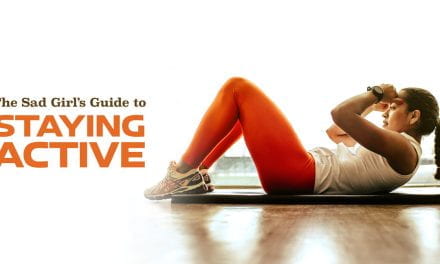Planking is a great way to maintain spinal health and it only requires you to manipulate your body to create different challenges. This series takes you through some basic planking progressions starting with kneeling planks, adding in reaches and progressing you to the full plank with arm and leg lifts that should really challenge your core. Planking will help you to increase muscular strength and endurance throughout the core, helping to protect your spine from unnecessary wear and tear, while helping you to maintain better balance and generate more force.
Objective
- The objective of planking is to bring awareness to the position of your spine and how to create tension through your core to stabilize your back.
Joints Targeted
- All the joints of the spine, if you move into a single hand position you will also challenge your shoulders.
Muscle Groups Targeted (Basic plank)
Primary
- Abs
-
- Rectus Abdominis
- External obliques
- Internal Obliques
- Transverse Abdominis
-
- Erector Spinae
Secondary
- Latissimus Dorsi
- Glutes
- Quadratus lumborum
- Multifidus
Starting Position
Modified plank
- On your hands and knees, with your hands underneath your shoulders and your knees behind your hips.
- Your body should make a straight line from your knee, hip, and shoulder joints.
- Focus on pulling your belly button into your midsection and hold that position.
Full Plank
- Starting from the modified plank position extend at your knees, while keeping your core tight, to elevate your knees off of the ground until all of your weight is on your toes and hands.
Movement
- Just hold the plank position in the basic plank
- As you add movements to your plank positions you should focus on drawing your belly button in towards your spine prior to initiating any movement with your arms or legs.
- If you are choosing to move your arms or legs ensure that your limbs never break the mid-line of your spine, this will help you to maintain proper core control.
Recommended sets and repetitions
- Basic planking can be done for 30 seconds holds, for one to three sets (one to three sets * 30 seconds)
- If you are adding movements into your planks do each movement one to five times per side making sure they are slow and controlled (one to three sets * one to five reps each side)
Progressions
- Moving one hand at a time, the further away from your body the more of a challenge you are creating
- Moving into a longer plank position such as moving from knees to toes or shifting your hands/elbows above your head
- Moving your entire body while maintaining core stability
by Kyle Babiuk
Kyle is a Bachelor of Kinesiology Graduate and is certified with the Canadian Society for Exercise Physiologists. He specializes in movement analysis, chronic disease management through exercise and strength programming. He’s worked with athletes, individuals with chronic diseases, along with many other individuals trying to achieve their health and fitness goals.




